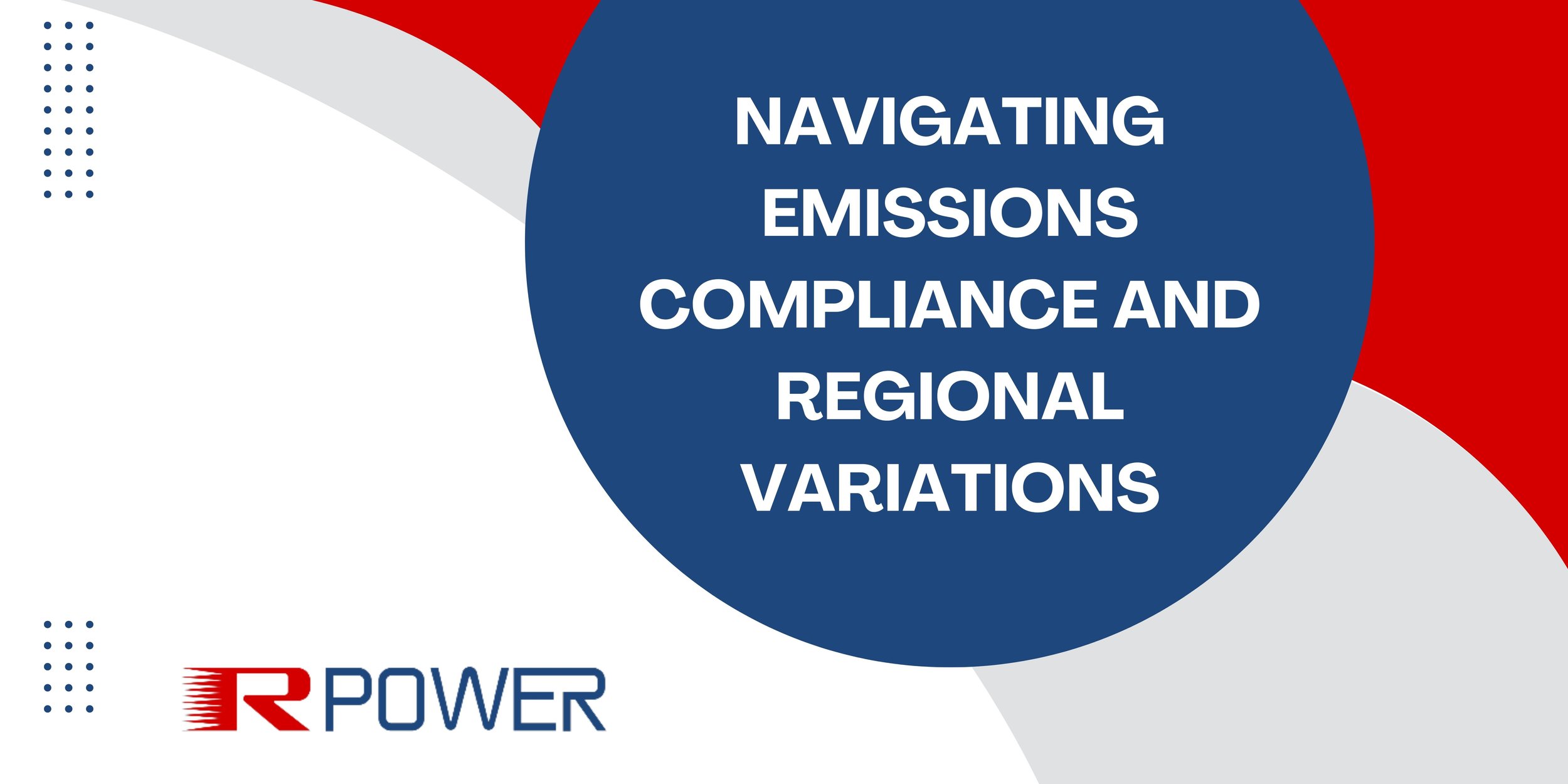Navigating Emissions Compliance and Regional Variations in Generator Selection
When it comes to choosing the right generator for a project, emissions compliance becomes a critical design criterion. As emission requirements become more stringent on a regional basis, the cost and complexity of after treatment needed to comply with these requirements can significantly impact the attractiveness of participating in energy market programs. Different generator technologies offer distinct benefits that can help mitigate these cost implications, such as opting for a rich-burn engine solution with a 3-way catalyst instead of a lean-burn engine solution with selective catalytic reduction (SCR) or oxidation catalyst when ultra-low emissions are mandated.
In the PJM market, some states align their emission requirements with the federal EPA’s standards laid out in 40 CFR Part 60 Subpart JJJJ for non-emergency applications. However, it’s important to note that certain regions within the PJM territory may impose more stringent local requirements, necessitating additional aftertreatment to meet the mandated emission levels based on the chosen solution. Broadly speaking, projects in Ohio and West Virginia typically need to adhere only to the federal levels. Still, parts of Pennsylvania and Virginia may have more stringent standards in place, depending on the specific technology being employed.
Understanding the regional variations in emissions compliance is crucial for making informed decisions when selecting generators for projects within the PJM region. Here, we’ll delve into the key considerations for navigating emissions compliance and regional differences:
Emission Requirements Vary by Region: As mentioned, emission requirements can vary significantly from one region to another, even within the same PJM territory. Project developers and stakeholders must be aware of the specific local standards and regulations that apply to their location.
- Impact on Project Viability: Stricter emissions standards can increase the overall cost of a project due to the need for advanced emission control technologies. This added expense can impact the feasibility and economic viability of participating in energy market programs.
- Tailoring Solutions: It’s essential to consider the available generator technologies and their emissions profiles. Depending on the specific regional requirements, certain technologies may be more cost-effective and practical than others. Tailoring the solution to the regulatory environment is key.
- Consulting Local Authorities: Project planners should engage with local environmental agencies and authorities to gain insights into regional emissions requirements. This collaboration can help ensure compliance from the outset and prevent costly modifications down the road.
- Project-Specific Assessment: Each project is unique, and its location within the PJM territory will influence the emissions compliance strategy. Conducting a thorough project-specific assessment will help determine the most appropriate generator technology and emissions control measures.
Long-Term Planning: Keep in mind that emissions compliance is an ongoing consideration. Project developers should plan for the maintenance and upkeep of emission control systems to ensure continued compliance throughout the project’s lifespan.


